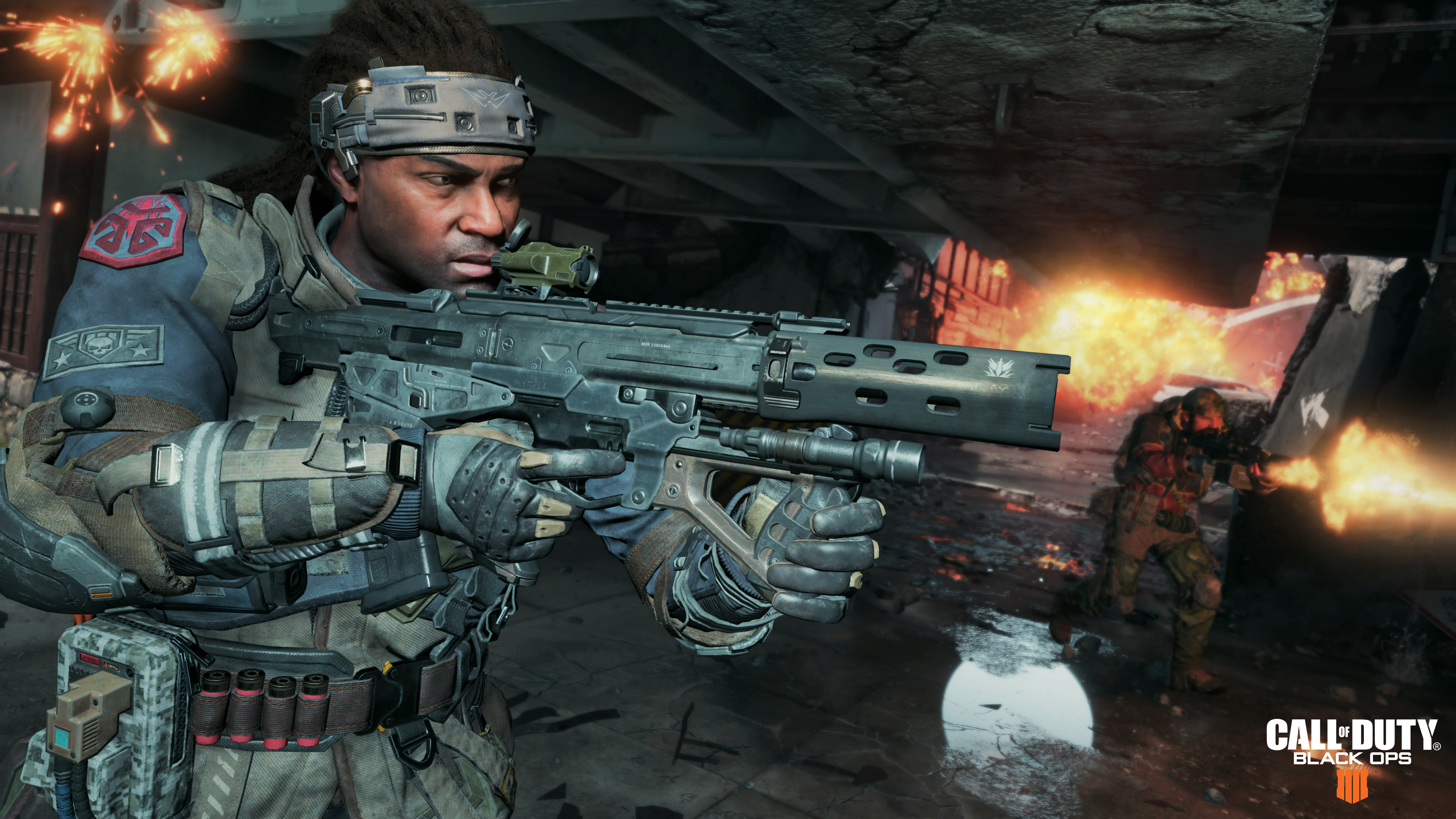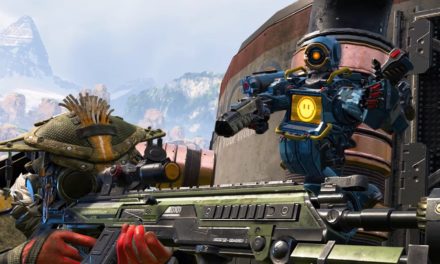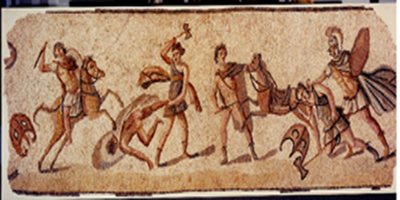It has been years since I last enjoyed a “Call of Duty” game. Any release past “Black Ops 2” (2012) has either been boring and failed to innovate, or introduced an aspect such as exo movement, which I was not fond of. However, in the week since “Call of Duty: Black Ops 4” was released, I have developed a renewed sense of love for the series.
“Black Ops 4,” released on Oct. 12, is another first-person shooter in the popular “Call of Duty” franchise. Opting to ditch a campaign mode, developer Treyarch has instead included a battle royale game mode, Blackout, along with a new multiplayer experience and their famous zombies mode. Considering the changes that “Black Ops 4” brings to the franchise, a new game mode is only a fraction of what Treyarch has in store for players.
The biggest change is its health system. Whereas every other game in the franchise gives players automatic health regeneration after getting damaged, “Black Ops 4” forces players to press a button to regenerate health. Though a seemingly small change, this completely alters enemy engagements and makes every battle different — some risky players may continue shooting despite their low health, while others will duck behind cover, inject a health serum and come back out with full health. In past games, it takes much longer for health to regenerate than in “Black Ops 4,” which slows battles and makes camping, a tactic where players hide, more prominent. “Black Ops 4” manages to minimize this strategy and keep multiplayer games flowing at a constant rate, with few lulls.
Treyarch also maintains an unmatched level of balance when it comes to weapons — there isn’t one that stands out as the best. The GKS submachine gun has low damage and high accuracy while the Rampart 17 assault rifle has high damage and low accuracy; this type of balance is maintained for all weapons. During my time in multiplayer mode and Blackout, I have seen each weapon used in nearly equal amounts — players use different weapons that complement their own playstyle and preferences. However, there are some questionable choices in weapon attachments (modifications for guns). For example, High Caliber II increases damage to the upper chest, which is too powerful considering it can drop enemies before they realize what’s happening.
The maps mirror the weapons in regard to balance — Arsenal has flank routes and tight corners for close-range players and Icebreaker contains long-range sightlines for those who enjoy sniping and slower gameplay. The same goes for Blackout; there are ledges for sniping, buildings for close-range engagements and rocks and trees that dot the entire map for cover. Adding maps like Summit and Jungle from “Black Ops” and Slums and Raid from “Black Ops 2” add a nostalgic sense to the game; not to mention, they play well on “Black Ops 4” despite being designed for games that are quite different.
Along with balance and variety, graphics and audio make the “Black Ops 4” experience exemplary. When zooming in on players in theater mode, facial expressions are ever-changing and you can see individual hairs on players’ faces. Treyarch has gone above and beyond, tweaking tiny, almost unnoticeable details. The audio is just as great — explosions and weapons firing sound real and intense, adding a sense of chaos to every game. Player footsteps and vehicles are loud enough to be heard, forcing players to be extra wary of their movement. Many of these graphic and audio-related novelties do not act as necessary components in the game, but as improvements that players will be happy to have.
Zombies is another aspect that everyone can enjoy — Treyarch is celebrating 10 years of zombies since the mode began in “World at War” (2008). “Black Ops 4” was released with three zombies maps: Voyage of Despair, a boat with undead passengers, IX, a spiritual map full of gladiators and Blood of the Dead, an underground laboratory remake of Mob of the Dead from “Black Ops 2,” containing zombies and Hellhounds — zombie dogs. Each map has its own storyline and Easter Eggs (secrets in the game that players can unlock by following a certain procedure), and Treyarch has done a great job of making sure that there is a lot to do without overly complicating things. Classic characters, such as Nikolai and Dempsey, are back and the pack-a-punch machine has returned, allowing players to upgrade weapons. Zombie-specific tools, such as the Hammer of Valhalla and the Scepter of Ra, are creative and novel additions to the mode. Phenomenal graphics and audio make the zombies look and sound scary, and players will be jumping out of their seats when a zombie sneaks up behind them.
Treyarch took risks in “Black Ops 4” — changes in health, removal of a campaign mode and other alterations make the game a good deal different from the rest of the franchise. But these risks have certainly paid off. This is the balanced, imaginative and enjoyable experience I have been waiting for since “Black Ops 2,” and it is consistently supported by Treyarch through game updates and Reddit posts. Though recently released, “Black Ops 4” is bound to be the “Call of Duty” savior.
Grade: A
brian.savino@emory.edu | Brian Savino is a College sophomore from Westchester, New York, majoring in chemistry and minoring in mathematics. He started his Wheel career as the gaming critic for the arts & entertainment section and most recently served as the arts & entertainment editor. When he is not listening to Radiohead, Brian can be found reading about astrochemistry, playing video games or organizing something. To cheer him up, all you need is a Conan Travels video and a chocolate chai from Kaldi’s.







